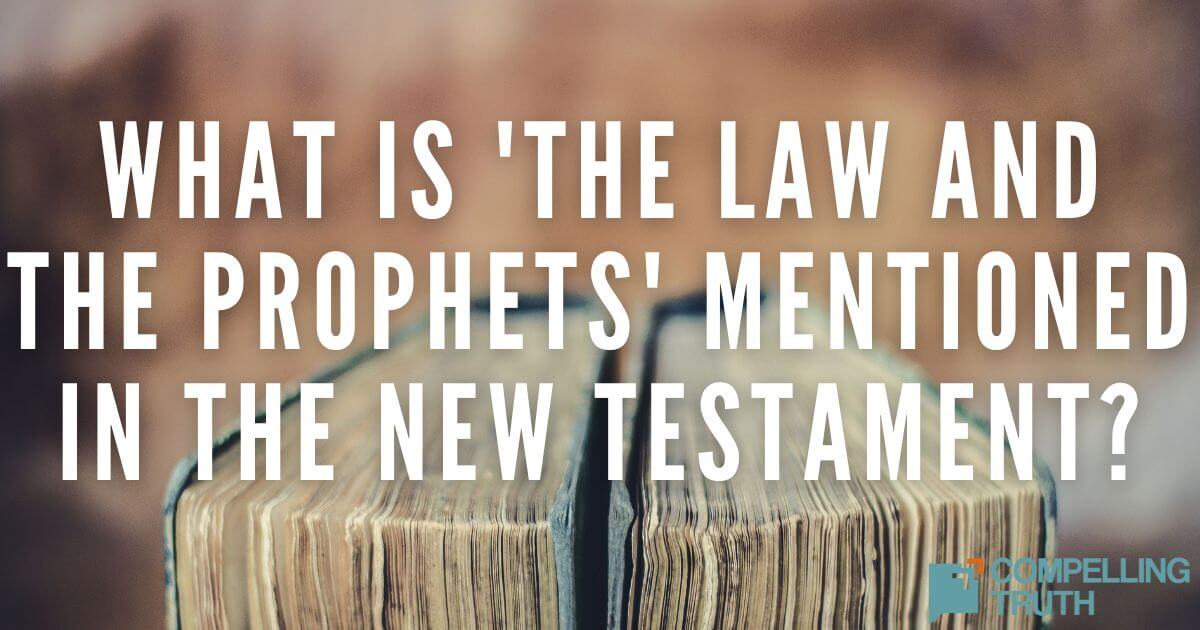The Neviim is the second part of the Hebrew Bible. The Hebrew Bible is known as the TaNaK, which stands for Torah, Neviim, and Ketuvim. Torah means "instruction, teaching, or law" and contains the first five books of the Christian Bible. Neviim means "prophets" and includes twenty-one books of the Protestant Old Testament that are only eight scrolls in the Hebrew Bible. Ketuvim means "writings" and includes the other thirteen books of the Old Testament, contained in eleven scrolls.
A reader of the Christian Bible might notice that certain historical books, like Ruth and 1 and 2 Chronicles, are not listed; certain prophetic books, like Daniel, are also missing. Those books are contained in the Ketuvim, or Writings, in the Hebrew Bible. The TaNaK includes every book of the Protestant Old Testament; they are just categorized, divided, and ordered differently in the Hebrew Bible.
God used these authors to record His work in the world so that people could know His character and His ways. Jesus affirmed that these books were indeed God-breathed Scripture whose climax and fulfillment is found in Him. Whether reading instruction, history, prophecy, or poetry, whether reading it in the Hebrew Bible of the TaNaK or the Christian Old Testament, whether reading in Hebrew, English, or any other language, readers should be gaining an understanding of God and of humanity's need for God to provide a saving Messiah. The prophetic books of the Neviim are a vital part of this endeavor. For we know that "All Scripture is breathed out by God and profitable for teaching, for reproof, for correction, and for training in righteousness, that the man of God may be complete, equipped for every good work" (2 Timothy 3:16–17).




